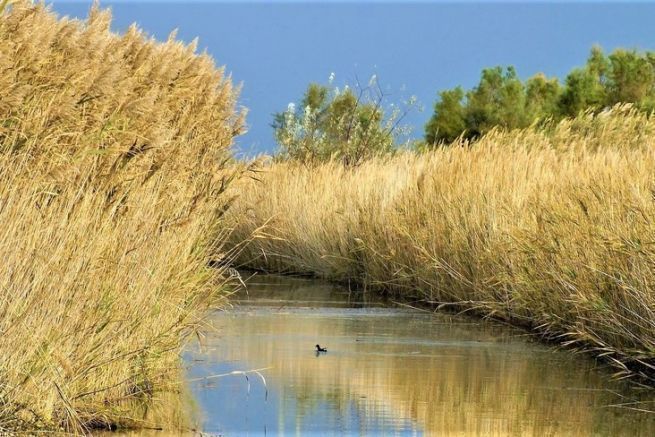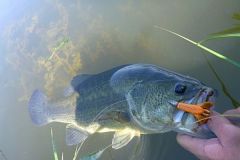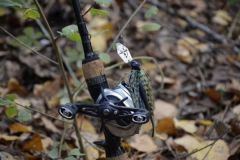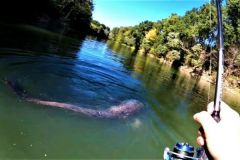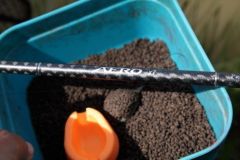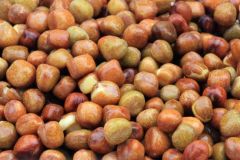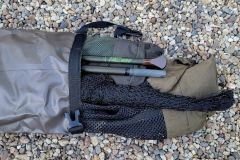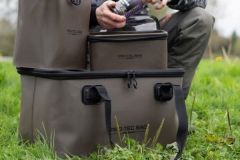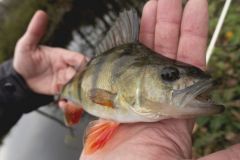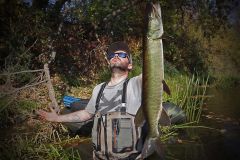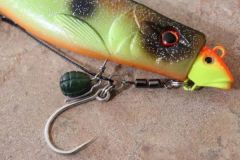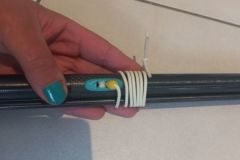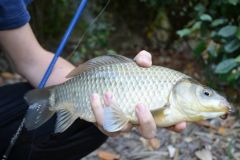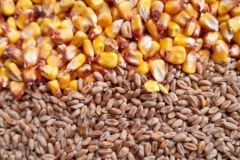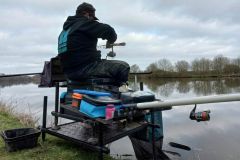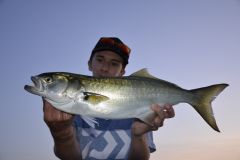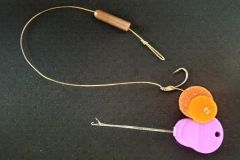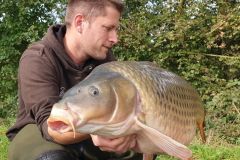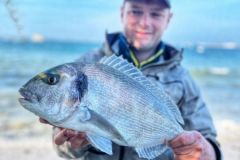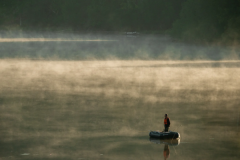Geographic point
Arles, capital of the Camargue, is known to all tourists coming to discover this region. There is a very dense network of small natural or man-made canals in the area, especially east of Arles, used to drain the region.
Created to clean up the bottom of marshy valleys, they form a particular habitat very rich in different fish species. These small canals, locally called roubines, flow directly into the Rhône or into its lateral canal which connects Arles to Port-de-Bouc.
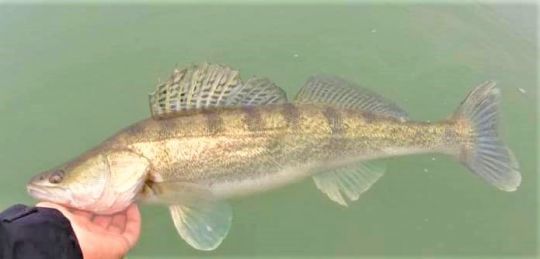
A wild network
The entire network is classified as a second category of fish and can therefore be fished while respecting the legislation in place. The roubines flow in the middle of the cultures, but their banks are often covered with an exceptionally dense vegetation made of trees, shrubs and very high grass.
Most of the roubines have a fairly regular water level throughout the year, however the upstream part of some roubines, the one in the Vallée des Baux in particular, lacks water at the height of the summer drought.
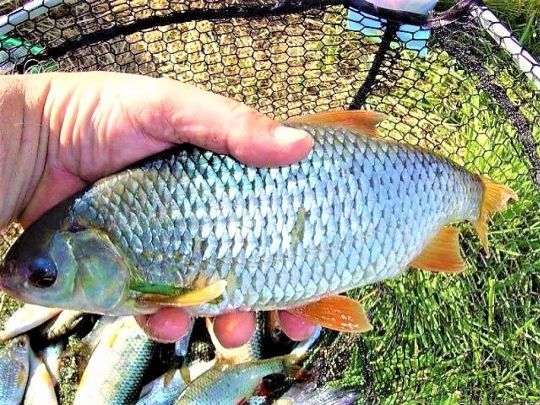
The best canals for fishing are divided into two large groups, separated by the Alpilles mountain range.
To the north, within a perimeter limited by the towns of Graverzon, Eyragues, Saint-Rémy-De-Provence and Tarascon, the plain is drained by the great roubine whose best tributaries are rivers such as the Auzépy, the Travers, the Mourvallat and the Vertet, where other roubines such as the Touret roubine, that of the Lônes, of Castelet, without forgetting the Vieille roubine.
This hydrographic network joins the Viguérat canal which is a non-navigable waterway parallel to the lateral canal of the Rhône. The second set, south of the Alpilles, is constituted by a master canal called canal de la vallée des Baux, joined by the Baudre, the Imberlines, Les Baudres and the Fontbraguette canal.
One can also fish successfully in two roubines located south-east of Arles, at the outlet of the large Crau plain, that of Viage, and that of Chapelette.
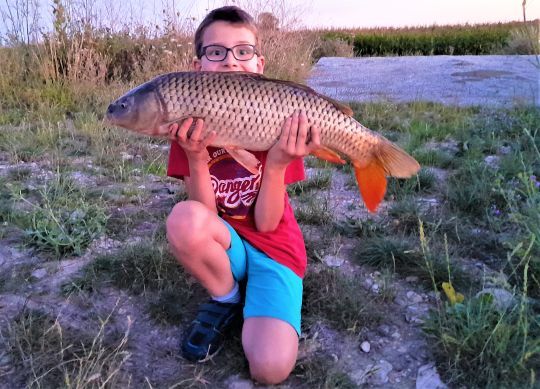
A rich and varied fishery
Pike-perch and carp are the king fish of this type of canal. They can be caught all year round. The water temperature remains high enough in winter to catch carp and you can also catch pikeperch and pike.
The roubines are also home to many species from the neighboring river. Among these, the best represented are bleak, spirlins, roach, tench, rotengles, eels and chub.
To complete the fishing possibilities in the region, we can note the presence of hotus, mullet and pike in the canal from Arles to Port-de-Bouc, in the Viguérat and in the Rhône.
In the latter, the perch is present in good density, whereas it is rare in the redds. In recent years, good returns of shad have been observed in the Rhône, which is encouraging.
This particular halieutic set has the great advantage of being fishable during winter when cyprinids are untouchable in some regions of France.

 /
/ 